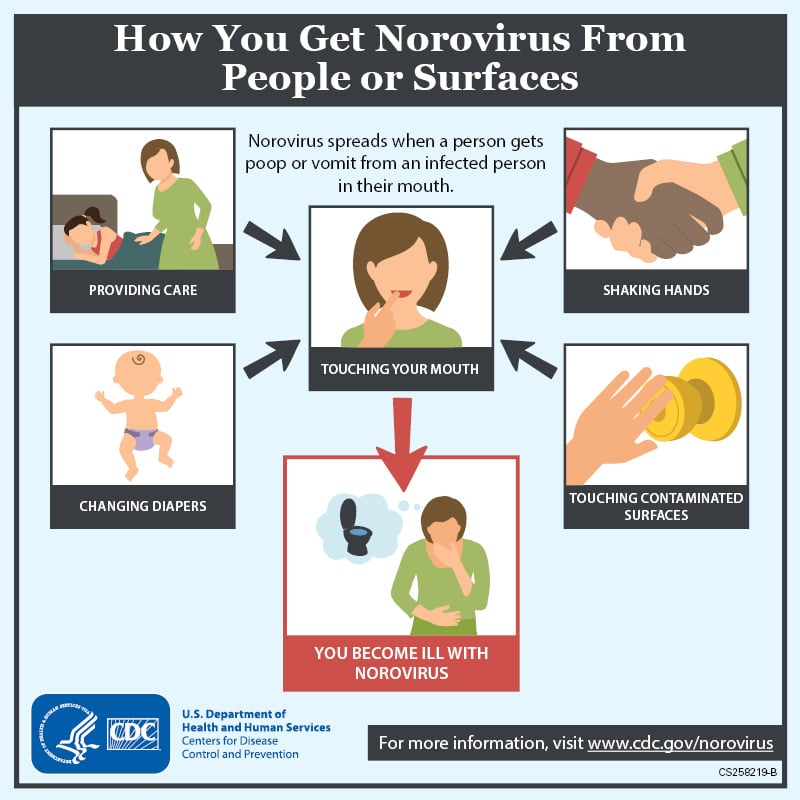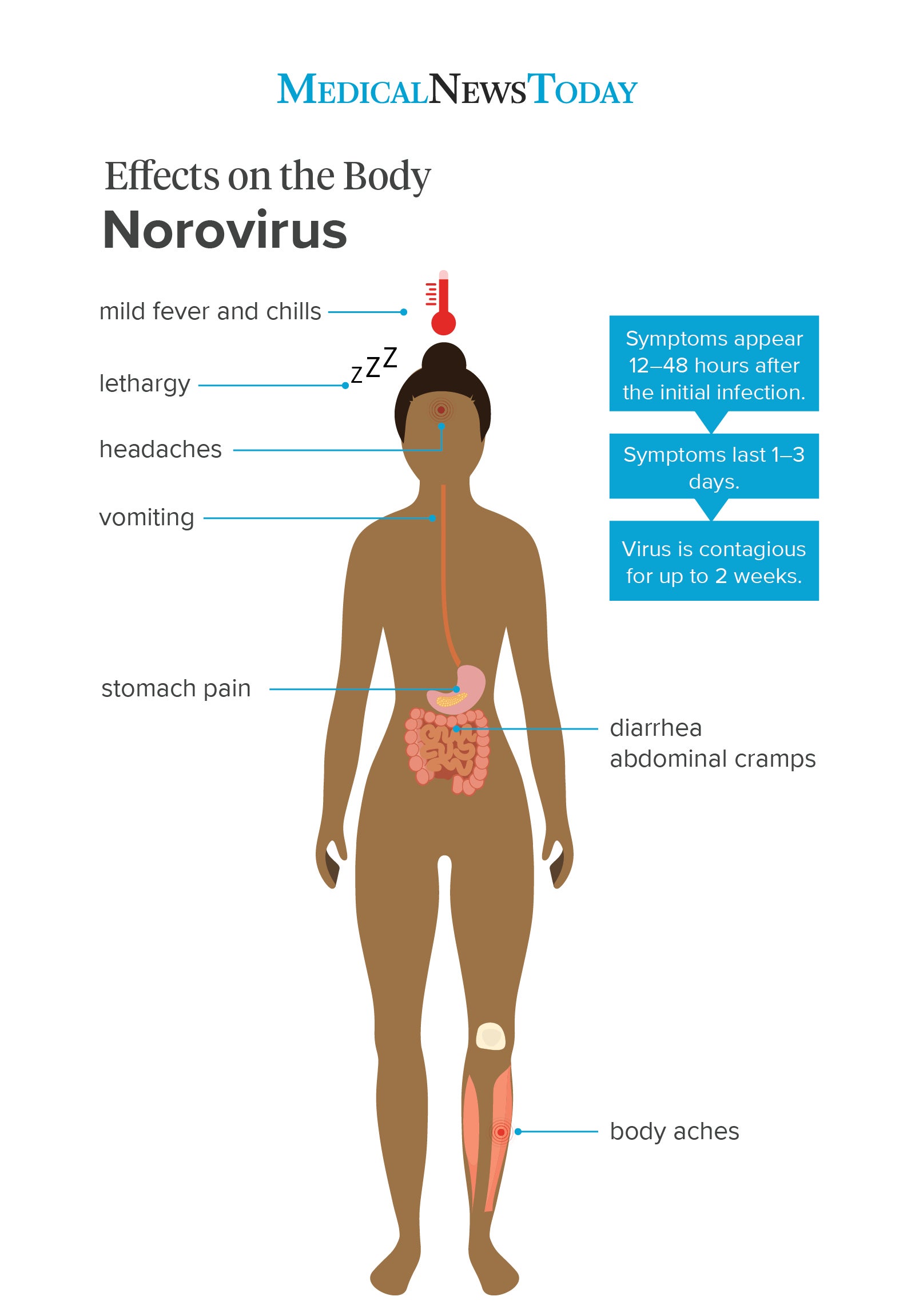Understanding the Norovirus Surge: What You Need to Know

Recently, there has been a notable surge in norovirus cases across parts of the United States. Often referred to as the stomach flu, norovirus is notorious for causing symptoms such as vomiting, diarrhea, nausea, stomach pain, body aches, headaches, and fever. As the Centers for Disease Control and Prevention (CDC) reports, the number of cases has more than doubled as we enter the peak of the virus's season.

Transmission of norovirus is alarmingly simple, often spreading through contaminated food, water, surfaces, or direct contact with an infected person. This makes it crucial to practice good hygiene, especially in communal settings. Regular handwashing, disinfecting surfaces, and staying home when symptomatic can significantly reduce the risk of spreading the virus.
While norovirus can be unpleasant, it is usually self-limiting, with symptoms subsiding in a few days. However, staying hydrated and resting are essential to recovery. If symptoms persist or worsen, seeking medical advice is recommended.
For more detailed information on prevention and treatment, visit the CDC's norovirus page.
Comments
Post a Comment